当前位置:网站首页>2022-5-the fourth week daily
2022-5-the fourth week daily
2022-07-05 06:23:00 【mentalps】
0 2022/5/23
1 Provably Secure Federated Learning against Malicious Clients Code reappearance
1.1 aggregator.py
import numpy as np
class FedAvg:
def __init__(self, global_model, different_client_values, client_count):
global_weights = np.array(global_model.getWeights())
for i in range(len(different_client_values)):
global_weights -= different_client_values[i] / client_count
global_model.setWeights(global_weights)
1.2 model.py
from tensorflow.keras import Sequential
from tensorflow.keras.layers import Dense, Dropout, Activation,Flatten
from keras.models import model_from_json
import tensorflow as tf
class Model:
def __init__(self):
self.model = Sequential()
self.model.add(Flatten())
self.model.add(Dense(128, activation='relu'))
self.model.add(Dense(10, activation='softmax'))
self.model.compile(optimizer='adam',
loss=tf.keras.losses.SparseCategoricalCrossentropy(from_logits=True),
metrics=['accuracy'])
def saveModel(self, name):
model_json = self.model.to_json()
with open("model/model_%s.json" % name, "w") as json_file:
json_file.write(model_json)
# serialize weights to HDF5
self.model.save_weights("model/model_%s.h5" % name)
print("Saved model to disk")
def loadModel(self, name):
json_file = open('model/model_%s.json' % name, 'r')
loaded_model_json = json_file.read()
json_file.close()
loaded_model = model_from_json(loaded_model_json)
# load weights into new model
loaded_model.load_weights("model/model_%s.h5" % name)
print("Loaded model from disk")
loaded_model.compile(optimizer='adam', loss=tf.keras.losses.SparseCategoricalCrossentropy(from_logits=True), metrics=['accuracy'])
return loaded_model
def run(self, X, Y, load=True):
if (load):
self.model = self.loadModel('sever_model')
self.model.fit(X, Y, epochs=2)
def evaluate(self, X, Y, verbose=2):
return self.model.evaluate(X, Y, verbose=verbose)
def loss(self, X, Y):
return self.model.evaluate(X, Y)[0]
def predict(self, X):
return self.model.predict(X)
def getWeights(self):
return self.model.get_weights()
def setWeights(self, weight):
self.model.set_weights(weight)
1.3 data.py
from tensorflow.python.keras.datasets import cifar10, mnist, fashion_mnist
import numpy as np
def Mnist_data():
(x_train, y_train), (x_test, y_test) = mnist.load_data()
x_train = x_train.reshape(-1, 28 * 28) / 255
x_test = x_test.reshape(-1, 28 * 28) / 255
return x_train, y_train, x_test, y_test
def generate_client_data(num_clients=10):
(x_train, y_train), (x_test, y_test) = mnist.load_data()
x_train = x_train.reshape(-1, 28 * 28) / 255
x_test = x_test.reshape(-1, 28 * 28) / 255
data = list(zip(x_train, y_train))
size = len(data) // num_clients
shards = [data[i:i+size] for i in range(0, size * num_clients, size)]
return data, shards, x_test, y_test
def generate_malice_data(data):
x, y = zip(*data)
x = np.array(x)
y = np.array(y)
for i in range(len(y)):
if y[i] == 1:
y[i] = 2
return list(zip(x, y))
#
# if __name__ == '__main__':
# data, shards, x_test, y_test = generate_client_data(4)
# x_1, y_1 = zip(*shards[0])
#
# print(type(x_test))
1.4 main.py
import numpy as np
import data
import model
import aggregator
ClientNum = 5
EPOCH = 5
if __name__ == '__main__':
data1, shards, x_test, y_test = data.generate_client_data(ClientNum)
model_client = []
for i in range(ClientNum):
model_client.append(model.Model())
global_model = model.Model()
shards[0] = data.generate_malice_data(shards[0])
shards[1] = data.generate_malice_data(shards[1])
x_all = []
y_all = []
for i in range(ClientNum):
xx, yy = zip(*shards[i])
xx = np.array(xx)
yy = np.array(yy)
x_all.append(xx)
y_all.append(yy)
a_0 = np.argmax(global_model.predict(x_all[0][0:784]))
global_model.saveModel('sever_model')
for i in range(ClientNum):
np.argmax(model_client[i].predict(x_all[0][0:784]))
for i in range(EPOCH):
client_difference_value = []
for j in range(ClientNum):
model_client[j].setWeights(global_model.getWeights())
for j in range(ClientNum):
model_client[j].run(x_all[j], y_all[j])
for j in range(ClientNum):
client_difference_value.append(np.array(global_model.getWeights()) - np.array(model_client[j].getWeights()))
fedavg = aggregator.FedAvg(global_model, client_difference_value, 3)
global_model.saveModel('sever_model')
x = []
y = []
for i in range(len(x_test)):
if y_test[i] == 1:
x.append(x_test[i])
y.append(y_test[i])
test_loss, test_acc = global_model.evaluate(x_test, y_test, verbose=2)
print('\nTest accuracy:', test_acc)
0 2022/5/24
1 The group will discuss
1.1 Provably Secure Federated Learning against Malicious Clients
- Integrated learning ;
- 1000 A client ,20 Attacked ;
- from 1000 Clients randomly choose 5 Aggregate , choice 10 Time , There is 10 Such an aggregation model ;
- forecast : An unknown sample is here 10 Each model is labeled , Decide the label of the sample according to the vote ;
- Give each prediction sample a safety level ;
- By changing the number of attacked clients , Then predict the same sample , Get the probability that the sample is predicted to be different tag values , The critical number of attacked clients that make the tag value reverse is taken as the security level of the sample .
1.2 Our thoughts
- Yes 100 Cluster clients , Number of clusters as super parameter , Suppose we get together 10 class ;
- Each class has a different number of clients , The number of clients is the weight of the later integration model ;
- 10 Class training out 10 An aggregation model ;
- Each virtual center is compared with the last update , If a threshold is exceeded , These clients are still attacked , Abandon it .
- Predict the label of an unknown sample = The weight * The prediction results of each benign aggregation model .
0 2022/5/25
1 Ideas for improvement
1. Calculate the similarity between all client updates , Aggregate clients whose similarity is higher than a certain threshold into a model ;
2. The number of clients contained in each model is used as the weight of the following set ;
3. At the same time, take the median in the model update ;
4. After that, before each round of aggregation , Compare the update with the median of the previous round , If the threshold is exceeded, discard ;
5. Predict the label of an unknown sample = The weight * Prediction results of each aggregation model .
2 Comparison scheme
- Krum
- Trimmed mean
- Median
0 2022/5/26
1 krum
Algorithm steps :
- The server s Put the parameters of the global model W W W Distribute to all clients ;
- Per client c i c_{i} ci Use local data to train the model to get the gradient d i d_{i} di, Then send it to the server ;
- After the server receives the gradient from the client , Calculate the distance between two gradients d i , j d_{i,j} di,j;
- For each gradient g i g_{i} gi, Choose the one closest to him n − f − 1 n-f-1 n−f−1 Distance , Add it up to get the gradient d i d_{i} di Score of ;
- After calculating all gradient scores , Find the gradient with the lowest score g i ∗ g_{i^{*}} gi∗;
- to update W = W − l r ⋅ g i ∗ W=W-lr\sdot g_{i^{*}} W=W−lr⋅gi∗;
- repeat 1-6, Until the model converges .
2 Trimmed mean
Algorithm steps :
- The server s Put the parameters of the global model W W W Distribute to all clients ;
- Per client c i c_{i} ci Use local data to train the model to get the gradient W i W_{i} Wi, Then send it to the server ;
- After the server receives the parameters from the client , Start aggregating ;
w j ′ = m β ( w j 1 , w j 2 , . . . , w j n ) . w_{j}^{'}=m_{\beta}(w_{j}^{1},w_{j}^{2},...,w_{j}^{n}). wj′=mβ(wj1,wj2,...,wjn). - The weight after aggregation is W ′ = ( w 1 ′ , w 2 ′ , . . . , w p ′ ) W^{'}=(w_{1}^{'},w_{2}^{'},...,w_{p}^{'}) W′=(w1′,w2′,...,wp′), The server sends the new parameters to the client ;
- repeat 1-4, Until the model converges .
3 Median
Algorithm steps :
- The server s Put the parameters of the global model W W W Distribute to all clients ;
- Per client c i c_{i} ci Use local data to train the model to get the gradient W i W_{i} Wi, Then send it to the server ;
- After the server receives the parameters from the client , Start aggregating ;
w j ′ = m e d ( w j 1 , w j 2 , . . . , w j n ) . w_{j}^{'}=med(w_{j}^{1},w_{j}^{2},...,w_{j}^{n}). wj′=med(wj1,wj2,...,wjn).
m e d med med It means taking the median . - The weight after aggregation is W ′ = ( w 1 ′ , w 2 ′ , . . . , w p ′ ) W^{'}=(w_{1}^{'},w_{2}^{'},...,w_{p}^{'}) W′=(w1′,w2′,...,wp′), The server sends the new parameters to the client ;
- repeat 1-4, Until the model converges .
边栏推荐
- MySQL advanced part 2: MySQL architecture
- C job interview - casting and comparing - C job interview - casting and comparing
- Winter messenger 2
- Sword finger offer II 058: schedule
- Chart. JS - Format Y axis - chart js - Formatting Y axis
- Single chip computer engineering experience - layered idea
- TCP's understanding of three handshakes and four waves
- Groupbykey() and reducebykey() and combinebykey() in spark
- Golang uses context gracefully
- Leetcode-9: palindromes
猜你喜欢

Sorting out the latest Android interview points in 2022 to help you easily win the offer - attached is the summary of Android intermediate and advanced interview questions in 2022
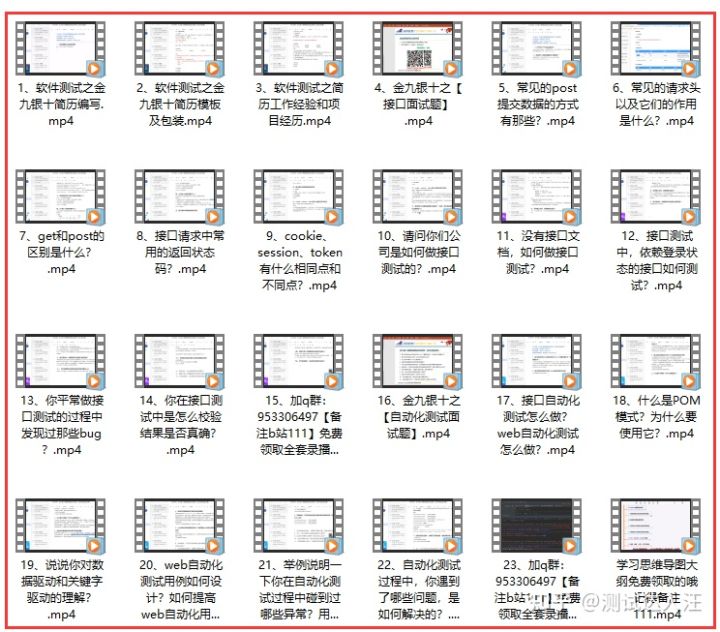
Appium automation test foundation - Summary of appium test environment construction

SQL三种连接:内连接、外连接、交叉连接

Redis-01.初识Redis
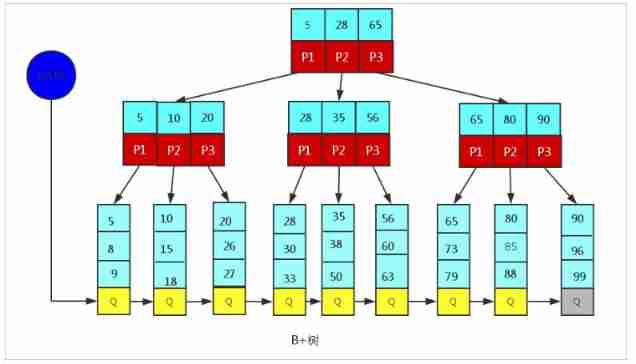
MySQL advanced part 1: index
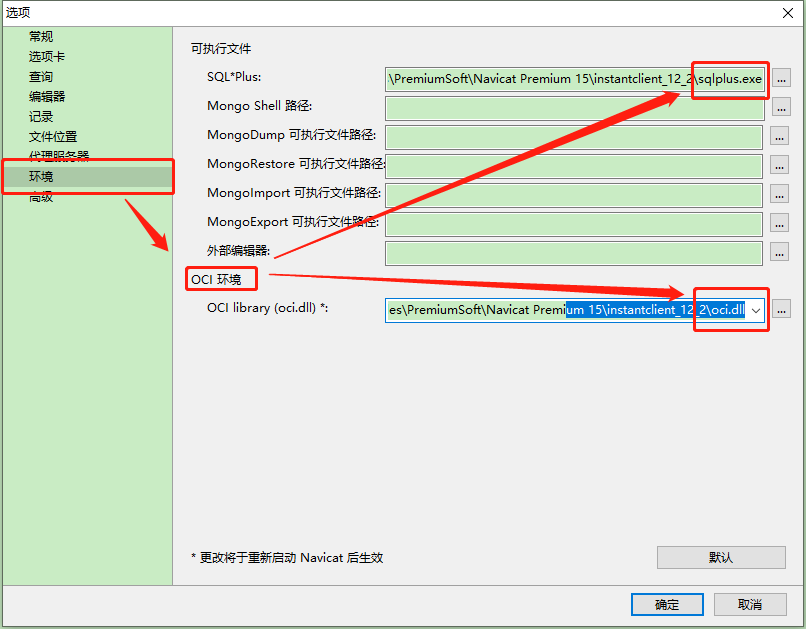
Navicat連接Oracle數據庫報錯ORA-28547或ORA-03135
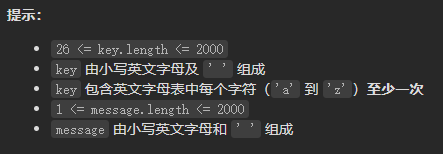
Leetcode-6108: decrypt messages
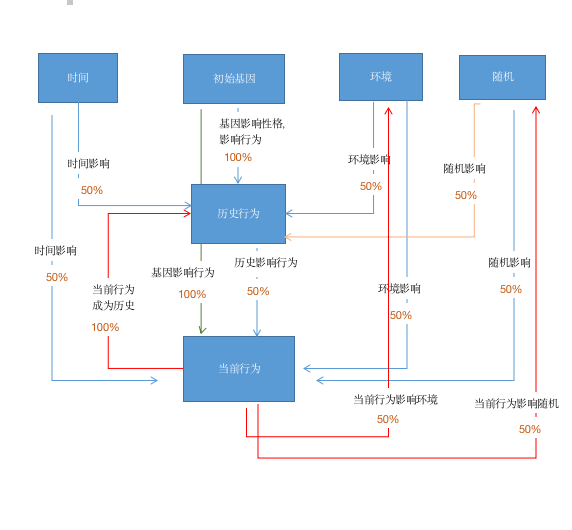
Is it impossible for lamda to wake up?
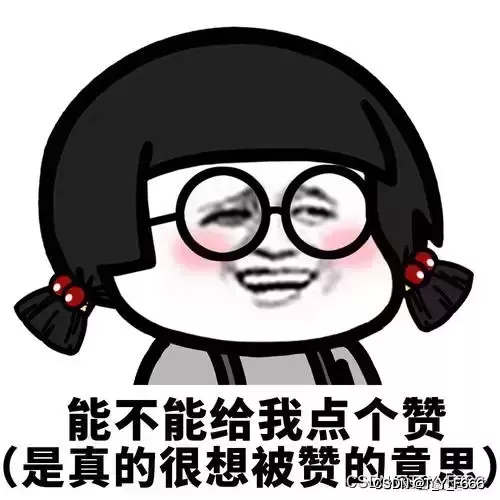
博弈论 AcWing 893. 集合-Nim游戏

Single chip computer engineering experience - layered idea
随机推荐
What is socket? Basic introduction to socket
5. Oracle TABLESPACE
SPI details
How to set the drop-down arrow in the spinner- How to set dropdown arrow in spinner?
Leetcode-556: the next larger element III
背包问题 AcWing 9. 分组背包问题
Records of some tools 2022
11-gorm-v2-03-basic query
[leetcode] day95 effective Sudoku & matrix zeroing
Quickly use Amazon memorydb and build your own redis memory database
栈 AcWing 3302. 表达式求值
【LeetCode】Easy | 20. Valid parentheses
求组合数 AcWing 889. 满足条件的01序列
7.Oracle-表结构
Sword finger offer II 058: schedule
[BMZCTF-pwn] ectf-2014 seddit
在新线程中使用Handler
博弈论 AcWing 893. 集合-Nim游戏
Sum of three terms (construction)
11-gorm-v2-02-create data